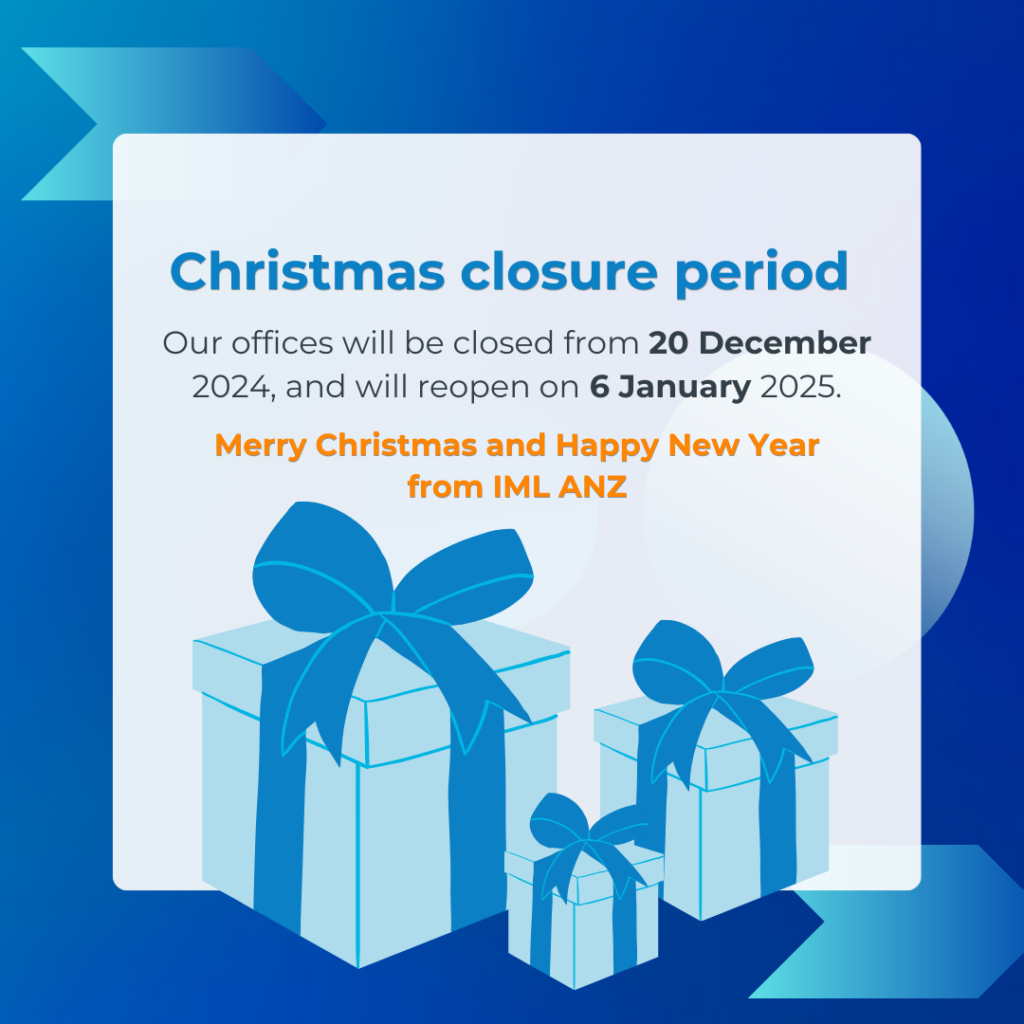By Anthony O’Brien
With more than two-thirds of global employees working remotely or virtually, according to a new study from International Workplace Group (IWG), building a common culture among far-flung workforces is a snowballing challenge for managers and leaders.
Amplifying the challenge is the exponential growth of the ‘gig economy’. Powered by digital platforms such as Airtasker, Uber, and Commtract, the number of independent contractors employed on multiple projects and assignments simultaneously has exploded. At last count, about 2.5 million Australians work casually, while another survey, Expert 360.com’s Getting Trendy 2017, found that 80% of large organisations will use freelancers to fill gaps most or all of the time by 2020.
Mark Dixon, founder and CEO of IWG, says this is the beginning of the era of the mobile workforce. “It is hugely exciting. Not just for individual employees, but for businesses too. This is a huge shift in the workspace landscape globally.”
Benefits and challenges
Remote working can deliver more productivity, work satisfaction, creativity, and flexibility for employees and contractors, notes Paul Mead CMgr FIML of Paul Mead Consulting, who is a business coaching specialist. “It is more common these days for people to say, ‘Well, I want to work from home one or two days a week.’”

Mead’s consulting firm engages a virtual assistant, copywriter and a graphic designer. The busy Mead is also managing director of She Maps, a science, technology, engineering, and mathematics (STEM) focused education business that uses drones to engage teachers and the community. The firm’s purpose is to increase the diversity in the STEM industry, where currently only 27% of the workforce is female. She Maps employs the best instructors and freelancers around Australia and overseas to deliver its programs to schools, the community and online. All employees are casual or part-time, as She Maps doesn’t have a central HQ.
The advantages of working remotely extend beyond minimising the irritating door-to-desk commute times from home to work. The IWG survey, for example, found that remote working not only reduces commuting times but enhances productivity, staff retention, job satisfaction, and even creativity. These benefits are added to the financial and strategic advantages remote work brings to businesses. Mead says more workers are taking the view that: “I want to move to be closer to my family or for a lifestyle change, but I still want to work with a business in Brisbane or another large metropolitan base.
“Technology enables a shift in the culture where management can allow this flexibility.”
Paul Mead CMgr FIML
The rub is that the explosion in remote work has increased the pool of workers globally available to managers and leaders. Mead points out that advancing technology enables businesses to cast a wider talent net. In basic terms, the upsurge in freelance platforms means a worker in Roma, Queensland could theoretically be competing with a contractor in Rome, Italy. “For managers and business owners it’s about finding the right people with the right skills. They might be looking beyond their home base for talent.”
Mead added, “I have people around the world working for me because they’ve got the right skills.”
Shared culture
A former officer in the New Zealand Army, Mead is perfectly equipped to discuss the logistics of building a culture within a remote workforce. “I have a military background, and we learned a lot about culture and values. The military has a scattered workforce with people located around the world. The challenge was to make sure everyone is working towards a shared purpose. Building culture must absolutely start at the top, no two ways about it.”
Great leaders shine in the remote working space, says Mead. “If a leader can see the purpose, the vision, and the strategy for the business and communicate that with the team, then they’re more likely to get a shared culture right.”
There is no escaping that building a strong culture among a dispersed workforce is a hard slog. “Leaders can’t tap into regular Friday team lunches or annual conferences,” insists Mead. “If you’re a small business and you’ve got five to 10 staff scattered around the country, it is a significant cost to bring them together.
“To build culture means using technology to your advantage. We use video calls and messaging systems such as Slack. We are on Slack every day communicating with our scattered workforce.” Mead is also quick to point out that remote freelancers are often part-time workers, and consequently they are likely to invest less time on the goals of a business as is expected of full-time employees. Mead says, “In my role as managing director of She Maps, it’s important that I know that when freelancers are on my job, that they’re on my job – and that they’re on my wavelength.”
Onboarding freelancers is just as critical as welcoming full-time staff, suggests Mead. The business consultant and co-owner referred to She Maps’ ‘Bar of Awesomeness.’ Mead says that the Bar of Awesomeness is a line in the sand that all businesses should aim to replicate when engaging remote workers. He explains, “Your bar of awesomeness is your culture, your values, your standards that you set.
“Everyone that you bring into that team, they must look at operating above that bar. If you recruit below that bar, then it drags the awesomeness of your company down. When that gets dragged down your standards, your values, and your behaviours within your business start to reduce.”

Luke Achterstraat, CEO of Commtract, a digital marketplace and community for communications professionals, warns that treating freelancers like disposable cameras won’t enable managers and leaders to derive the best value from their remote workforce.
Achterstraat says, “I’d argue that you create a culture for freelancers by having routines and rituals in place. Take some of our clients, such as the big insurance companies, who have built teams of freelance writers to tap into. They have a whole range of work routines and expectations for their freelancers including flexibility, autonomy and longer deadlines where appropriate, so long as the project is completed as required. This creates a culture of empowerment.”
The virtual water cooler
She Maps uses Zoom, a cloud platform offering video and audio conferencing, chat, and webinars across mobile devices to communicate with its virtual team members. Mead explains, “When we have conference calls, we don’t dive straight into the business like you would if all staff were in a physical location. We make sure we spend five or 10 minutes of every meeting catching up with people.”
Mead continues, “We might have a team member who has a sick family member, so we’d spend time catching up and just seeing how she’s going.”
“Maybe another staff member might have an issue with a child. So, we always ask how are they going? It’s about making sure that when you come to those meetings with remote workers that you don’t just jump straight into the business at hand.”
She Maps also has a channel on Slack that is available for nonwork matters, and the digital firm has created a staff happiness fund, which enables the owners to reward workers for reliable results. “We send Christmas cards to our staff, birthday cards, or we send flowers if someone’s had a death in the family. It’s about just making sure that our team members are looked after. That helps to replace some of those water cooler moments among a team of remote workers.”

Achterstraat said Skype is a good if not a better substitute for the water cooler chats. “We see many of our clients such as big government departments, banks and insurance companies using Skype and Zoom to communicate with their remote freelancers. These technologies provide the benefits of face-to-face communication while allowing freelancers to work from home.”
Other project management tools such as Trello, Slack and Base Camp will abet a culture of collaboration, noted Achterstraat. “The digital project management tools can reduce ‘death by meetings’ for freelancers.”
While digital technology is beneficial to creating a culture among remote freelancers, She Maps has revived a more traditional culture-building tactic with the publication of an annual yearbook in 2018 (adapted from The Physio Co and Tristan White). “The yearbook highlights our staff. This year we got our team to send in photos of the things that mean the most to them. These images might be of a pet, a book, an iPad or a wedding ring. Each staff member had a page, and it’s about celebrating their successes.”
“Some of our clients will organise meet-ups with genuinely remote freelancers,” offers Achterstraat. “Even if it is just lunch, they will try and encourage other freelancers to attend this meet-up. These meet-ups build a culture and a sense of collaboration among a freelance workforce.”
Mead concludes, “Building culture is about doing all sorts of things that bring together people who are working remotely or virtually.”
This article originally appeared in the February 2019 print edition of Leadership Matters, IML ANZ’s exclusive Member’s magazine. For editorial suggestions and enquiries, please contact karyl.estrella@managersandleaders.com.au.



